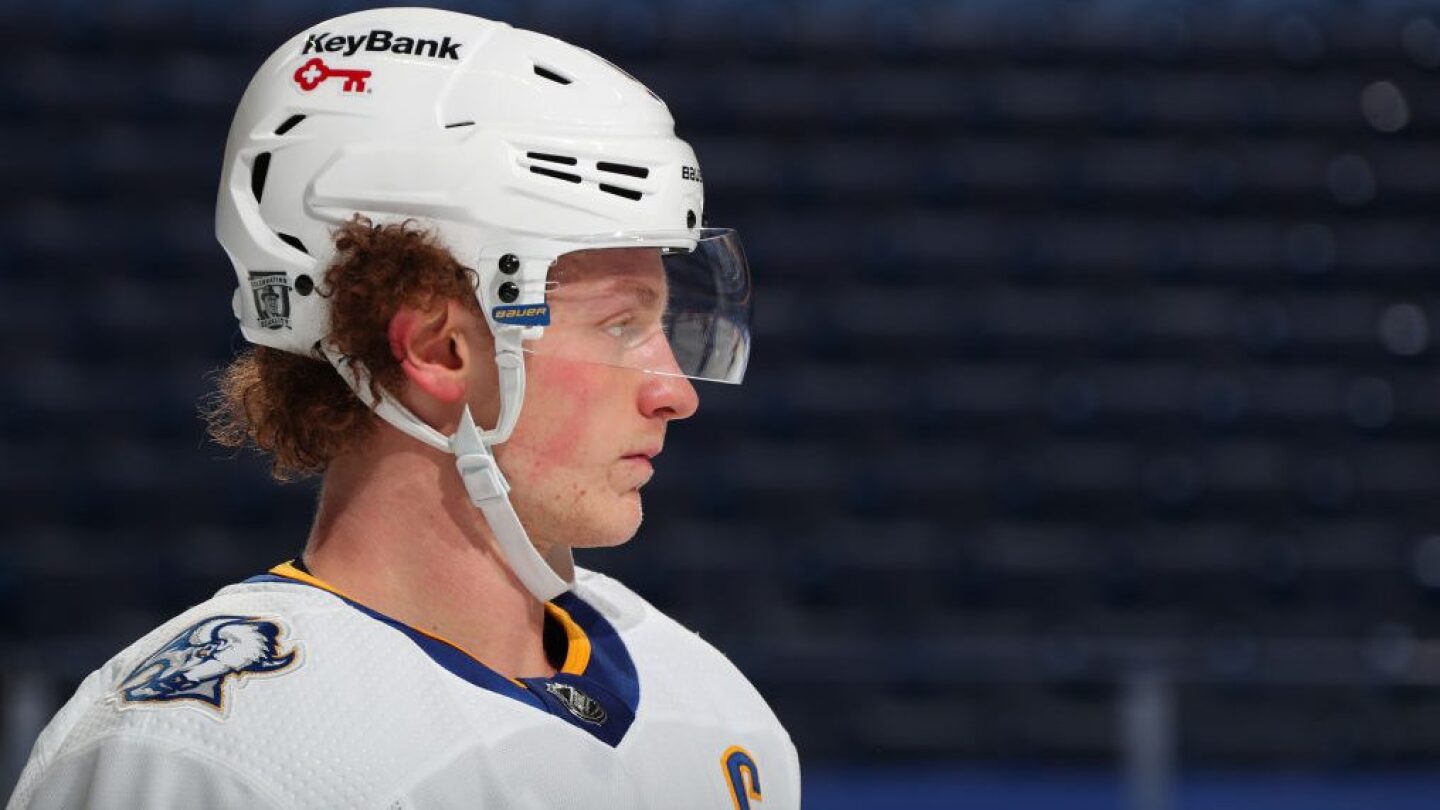- Joined
- Oct 23, 2005
- Messages
- 7,222
- Reaction score
- 4,757
I'd like to hear everyones thoughts about contemporary cervical disc arthroplasty.
I'm not a fan of lumbar disc replacement as the physics are different and it seems like lumbar disc arthroplasties always fail, either initially or within a few years.
Initially cervical disc arthroplasties were a mixed bag, but supposedly in well chosen patients with newer disc hardware/surgical techniques have better outcomes?
I met with several spine surgeons in LA who offered cervical arthroplasties and sung their praises, but then again, everyone in LA lies about everything.
I'd like to hear everyones thoughts pro and con for cervical disc arthoplasties?
And which patients are even a candidate? I know they are inappropriate for true instability, patient with autoimmune disease, and for more than 2 levels, but that is all I know.
I'm not a fan of lumbar disc replacement as the physics are different and it seems like lumbar disc arthroplasties always fail, either initially or within a few years.
Initially cervical disc arthroplasties were a mixed bag, but supposedly in well chosen patients with newer disc hardware/surgical techniques have better outcomes?
I met with several spine surgeons in LA who offered cervical arthroplasties and sung their praises, but then again, everyone in LA lies about everything.
I'd like to hear everyones thoughts pro and con for cervical disc arthoplasties?
And which patients are even a candidate? I know they are inappropriate for true instability, patient with autoimmune disease, and for more than 2 levels, but that is all I know.
Last edited:


